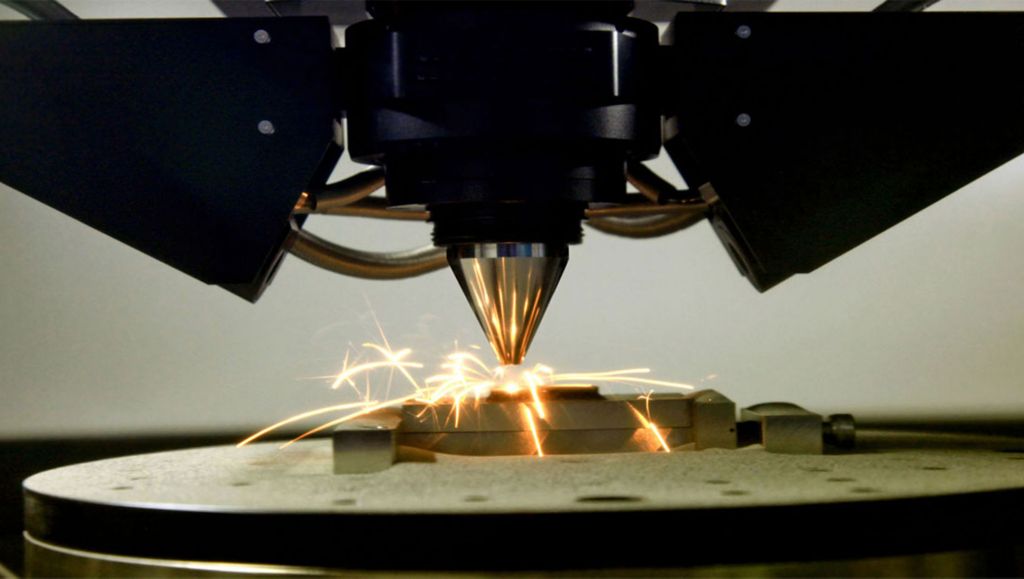How can 3D printing change the trucking industry?


Will the next truck component you buy be 3D printed? It’s possible, especially if that part is plastic. Already a handful of components are being 3D-printed today and many more are suitable candidates for the technology as the cost of materials goes down and printing techniques keep improving. These developments mean not only a great number of 3D printed parts but also more complex ones and ones made from raw materials other than plastic, like metal for instance.
The growth of 3D printing could bring wide-ranging benefits to truck owners and operators. Here are five ways it could make a difference:
3D printing technology is still restricted by the cost of the materials and equipment and the relatively slow process, which makes it difficult to scale. But the technology is getting better, faster and less expensive through improvements to existing processes and the introduction of entirely new techniques. This opens up the possibility of using 3D printing in a wider range of applications and for more components.
To take a closer look at those possibilities, Volvo Trucks carried out the Vulcan Project which involved the 3D printing of an engine to make it lighter and more streamlined.
Carolina Grönstedt
Genuine Parts Business Development Manager at Volvo Trucks.